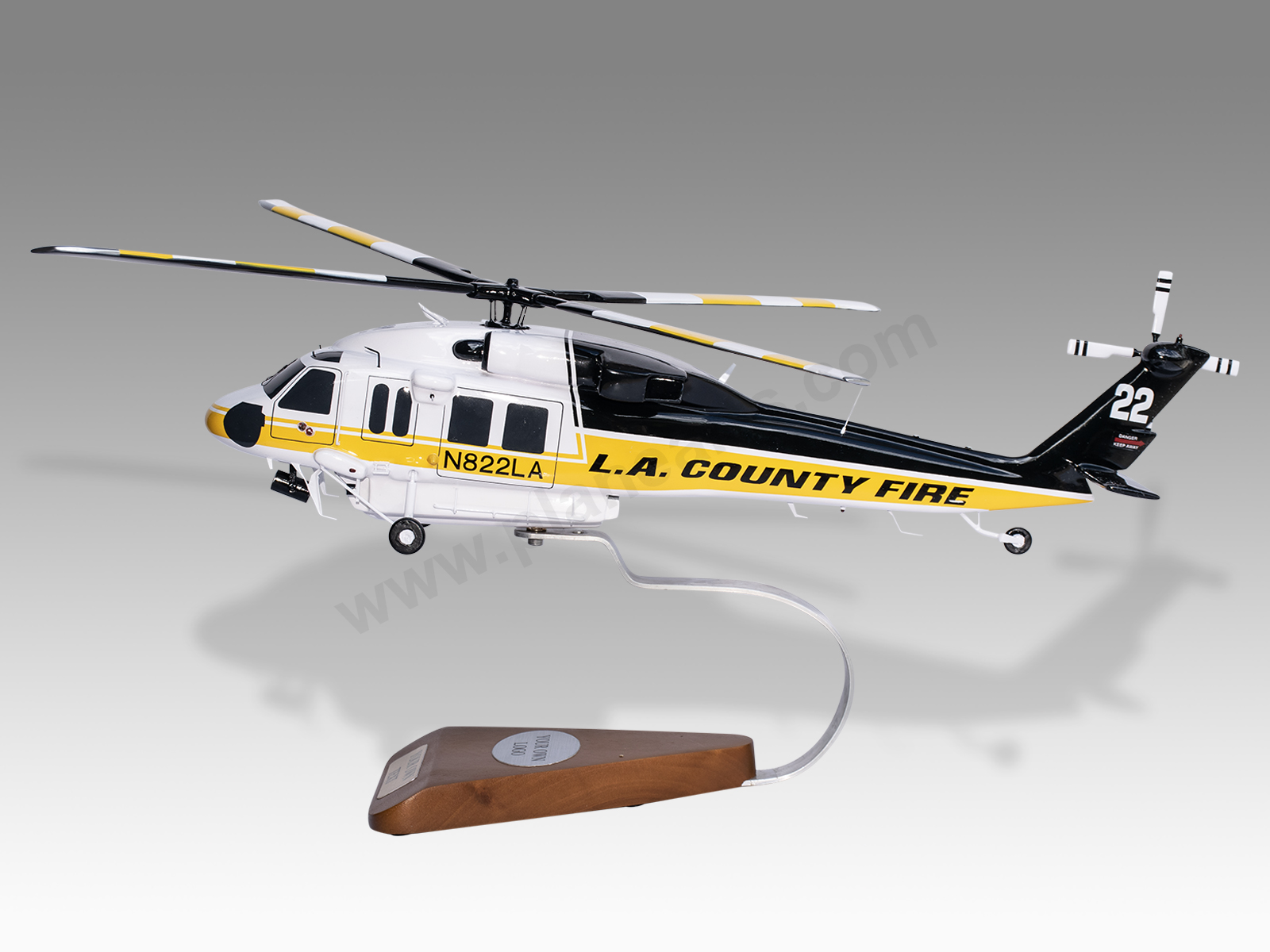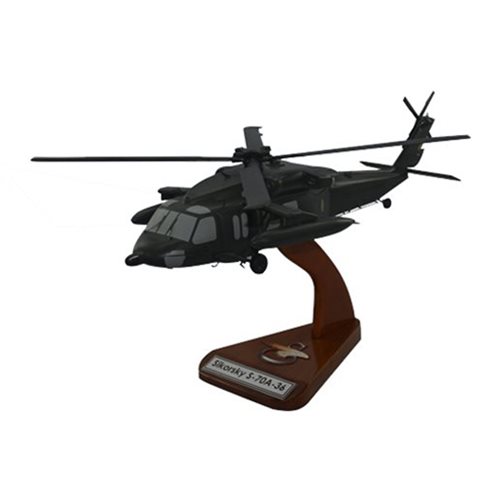Modernized Vertical Lift Platform With Advanced Composite Frameworks and Boosted Precaution
In the world of vertical lift platforms, a considerable shift in the direction of innovation has been observed, driven by the combination of sophisticated composite frameworks and enhanced safety and security procedures. These improvements stand for a critical evolution in the design and capability of lift systems, assuring raised efficiency and reliability across various industries (sikorsky s 70). As industries pursue better functional accuracy and safety and security requirements, the use of composite products and progressed safety and security attributes has actually come to be extremely important. In discovering the merging of modern technology and safety and security in contemporary lift systems, a compelling narrative emerges, showcasing the potential for transformative developments that cater to the ever-evolving needs of industrial sectors.
Evolution of Vertical Lift Platforms

The advancement of upright lift platforms can be traced back to fundamental pulley-block systems and very early lift designs. In time, technologies such as hydraulic systems, electrical motors, and progressed control mechanisms have vastly enhanced the effectiveness and security of these systems. Suppliers have actually also concentrated on enhancing the stability, reach, and load-bearing abilities of vertical lift platforms to meet the diverse needs of different industries.
Furthermore, the integration of smart technologies like sensors, IoT connectivity, and automation features has further transformed the capabilities of modern-day upright lift systems. These technical enhancements not only improve operational productivity yet additionally make certain enhanced safety and security standards for workers utilizing these systems at numerous elevations. The constant development of vertical lift platforms underscores their vital duty in boosting upright mobility throughout sectors.
Assimilation of Advanced Compound Frameworks

Moreover, using advanced composite products enables more facility and enhanced architectural designs, allowing designers to customize the platform's properties to satisfy specific efficiency needs. This customization can result in improved aerodynamics, minimized vibrations, and improved general security throughout procedure. The assimilation of innovative composite structures also adds to a reduction in maintenance expenses and downtime, as these products display exceptional resistance to ecological aspects and have a longer life span contrasted to traditional materials. Generally, the consolidation of sophisticated composite structures in contemporary upright lift systems stands for a significant development in aerospace modern technology, causing extra effective, trusted, and more secure aerial transportation systems.
Improved Precaution Application
Executing enhanced precaution is crucial in guaranteeing the optimal efficiency and reliability of modern-day vertical lift platforms. These actions incorporate here a series of techniques focused on mitigating dangers and improving overall safety and security criteria. One crucial element of improved precaution is the integration of advanced sensing unit modern technologies to monitor numerous criteria in real-time. By using sensors for features such as structural health surveillance, load monitoring, and ecological noticing, potential threats can be determined early, permitting positive upkeep and corrective activities.

Sector Applications and Advantages
With improvements in modern technology and design, modernized upright lift systems have found diverse applications across various markets, using considerable advantages in performance and performance. The construction industry benefits from vertical lift platforms by enabling employees to accessibility raised locations securely and successfully, boosting total task timelines.
Moreover, upright lift systems play a crucial role in the repair and maintenance of framework such as bridges, high-voltage line, and structures, allowing technicians to reach inaccessible areas easily (sikorsky s 70). The aviation industry also leverages these systems for airplane upkeep and setting up jobs, boosting operations efficiency and guaranteeing worker safety at heights. Overall, the prevalent adoption of up-to-date upright lift systems across industries underscores their versatility and the significant enhancements they give numerous operations
Future Trends in Lift System Modern Technology
Incorporating advanced automation and intelligent functions, lift platform innovation is poised to revolutionize vertical transportation systems in the near future. One key trend is the integration of Internet of Points (IoT) innovation, allowing have a peek at this website lift systems to interact real-time information for predictive upkeep, maximizing efficiency, and enhancing safety. Expert system and machine understanding algorithms are additionally being included to analyze patterns, anticipate prospective concerns, and enhance performance. Furthermore, the usage of sophisticated products such as carbon fiber composites is on the surge, providing boosted toughness and strength while minimizing total weight. Boosted safety actions, including biometric verification and emergency feedback systems, are becoming standard functions to make certain guest safety and security. Furthermore, adjustable configurations and modular styles are obtaining popularity, enabling navigate here better adaptability to different environments and demands. As lift system modern technology proceeds to develop, these fads are readied to form the future of vertical transportation, making it a lot more reliable, secure, and user-friendly.
Final Thought
To conclude, the up-to-date vertical lift system showcases the advancement of modern technology in the market. By integrating sophisticated composite structures and boosted security actions, this system provides increased effectiveness and safety for numerous applications. The industry can profit significantly from these advancements, and future patterns in lift system innovation are most likely to continue surpassing these developments for also greater success and efficiency.
In the world of vertical lift systems, a significant change in the direction of modernization has actually been observed, driven by the integration of sophisticated composite frameworks and heightened security actions. The continuous development of upright lift platforms highlights their crucial role in improving upright mobility across sectors.

The incorporation of advanced composite structures in modern-day upright lift platforms has dramatically enhanced their structural stability and efficiency capacities. By incorporating these advanced composites into the style and building and construction of vertical lift platforms, makers can reduce overall weight, boost load-carrying ability, and boost the platform's sturdiness and long life.
Implementing improved security measures is imperative in ensuring the optimal performance and reliability of modern vertical lift platforms.